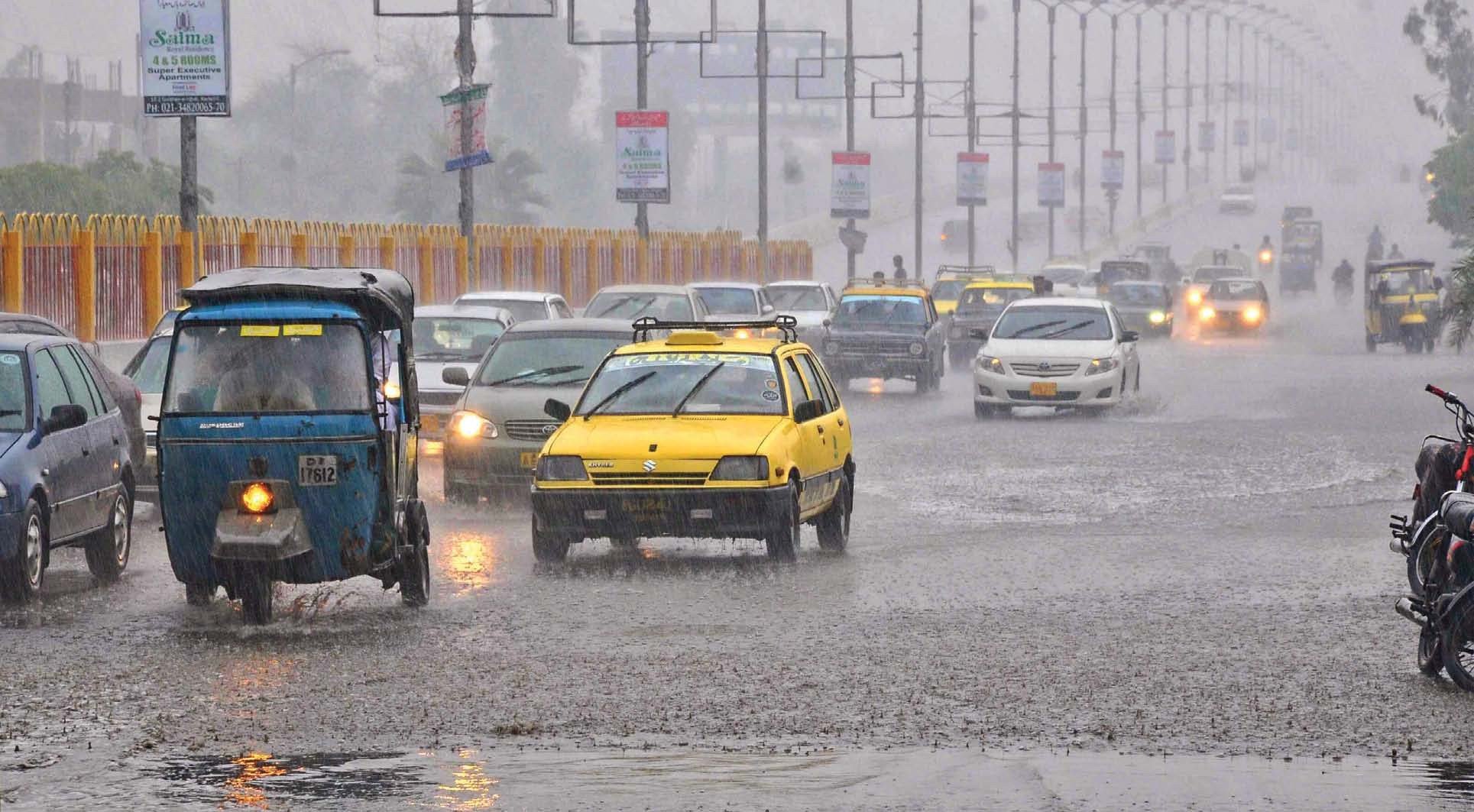Rain and Snowfall Forecast: NDMA Warns of Heavy Weather Conditions in Pakistan

A western disturbance is set to bring heavy rainfall, snowfall, and smog across Pakistan, with the National Disaster Management Authority (NDMA) urging residents to remain cautious and take necessary safety precautions. The storm is expected to affect the country's western regions, including the Pothohar region, upper Khyber Pakhtunkhwa, and the Malakand and Hazara divisions, with heavy rains and snowfall predicted in mountainous areas.
As per the NDMA's forecast, the plains of Punjab are expected to experience dry weather, smog, and fog. The authority has advised residents, particularly those in northern and hilly areas, to be vigilant and take necessary measures due to slippery roads. Farmers have been urged to protect their crops from potential weather impacts, and the public in smog-affected areas has been advised to limit outdoor activities and prioritize safety measures. The NDMA is continuously monitoring the situation and encouraging citizens to stay informed and take appropriate precautions.
According to the Met Office, rain, thunderstorms, and snow are expected to hit various parts of the country from November 29 to December 2. This includes Balochistan, including Quetta, Pishin, and Gwadar, as well as coastal areas, Chitral, Swat, Malakand, and Gilgit-Baltistan. Many hill stations in these regions can expect snowfall, while the Pothohar region, Murree, and Islamabad may see light rain and drizzle on the 29th and 2nd of December.
However, the rain brings both relief and risks. It may provide relief from dry conditions, improve air quality, and aid in mitigating the dry spell and rejuvenating crops. Nevertheless, it may be followed by dense fog in Punjab's plains, which could impact visibility and travel. Locals, farmers, and commuters are advised to stay alert and take necessary precautions to minimize disruption.
This article is based on information provided by the National Disaster Management Authority (NDMA) and the Met Office. The NDMA continues to monitor the situation and provide updates. Residents of affected areas are advised to stay tuned to official sources for further instructions and guidance.